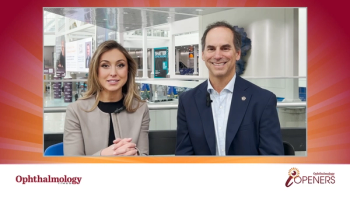
Responsibility centers promote effective financial control
Financial control is vitally important to any well-run business. Financial control mechanisms ensure that the organization continues to progress toward achievement of its financial objectives. Effective financial control allows the organization to detect problems at the earliest possible stage.
Use of responsibility centers is one of the most established and widely used techniques in financial control. An understanding of responsibility centers and, its corollary, responsibility accounting is beneficial for all physicians who have a stake in the financial management of a practice.
Responsibility accounting breaks a large organization into smaller, more easily manageable units known as responsibility centers. Each unit is looked upon as a small business. Managers bear an element of responsibility for the performance of their respective centers.
Responsibility accounting represents decentralization of a business enterprise. It is comparable to a political policy of shifting power from the federal government to state or even municipal government.
Responsibility centers Various bases may be used to designate responsibility centers. In manufacturing, geographic regions, individual products, and customer groups are frequently used as the means for defining responsibility centers. In the context of a medical practice, comparable categories might be satellite offices, types of procedures (such as cataract, refractive), or categories of patients (such as pediatric, seniors).
Management of responsibility centers requires generation of segment reports. Each segment report reflects the performance of a particular responsibility center. One type of segment report is a segment income statement. A segment income statement will show revenues, expenses, and profit for the chosen segment. Also useful is the segment contribution margin statement. Thiswill show the level at which a particular segment contributes to defray fixed costs. It will demonstrate which segments are subsidizing other segments.
There are several advantages inherent in the use of responsibility centers and responsibility accounting. A responsibility center approach helps make a large, diversified organization manageable. Appropriate control of an entity with several varied components may be otherwise impossible due to the vast number of interactions that would have to be taken into consideration. Also, the responsibility center method drives decision-making down to the level of the respective centers. This supports the concept that decisions should be made as close to the source of the data as possible.
Enhanced job satisfaction Job satisfaction and motivation may be enhanced with responsibility accounting since each center controls its fate to a certain degree. Frustration with the "system" or the "upstairs office" is thus minimized.
Success with this approach requires coordination of the efforts of the various responsibility centers. The smaller units must be guided to share the goals of the larger organization, lest the entire entity collapse.
The center manager has control over revenues, but not costs or the level of investment, in a revenue center. A revenue center in a multi-office practice might be the department responsible for third-party contracting.
Costs and revenues (hence profit), but not the level of investment, are under control of the manager in a profit center. The collections department could be considered a profit center in a multi-office practice.
Finally, an investment center is one in which the manager controls costs, revenue, and the level of investment. Level of investment represents expenditure on space, equipment, and other capital resources. In a multi-office practice, a freestanding surgery unit would represent an investment center.
Newsletter
Don’t miss out—get Ophthalmology Times updates on the latest clinical advancements and expert interviews, straight to your inbox.













































